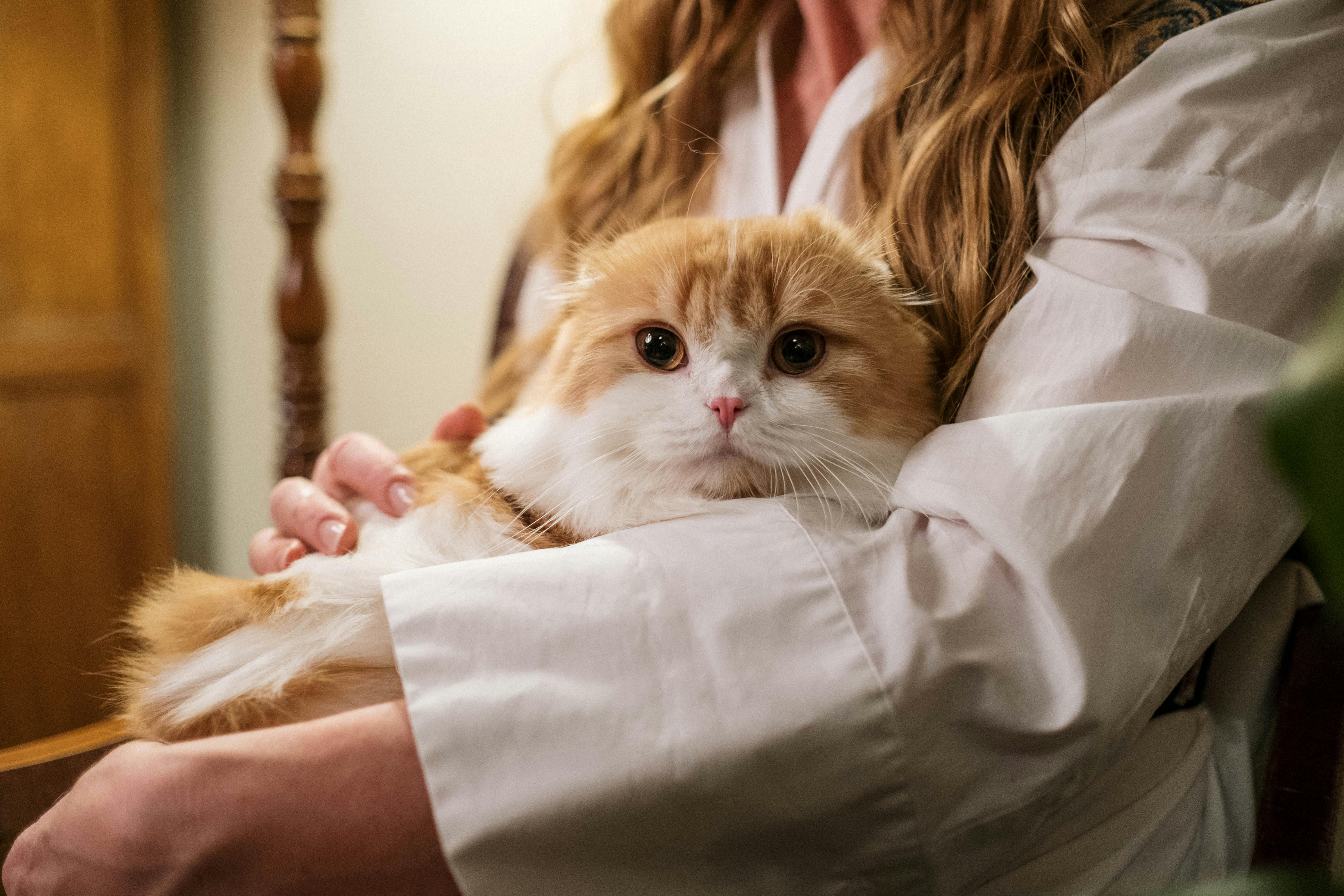How Much Is Pet Insurance? Expert Guide on What Influences Costs
Our expert guide breaks down the factors influencing pet insurance prices so you can find the best value for your furry friend.
Updated:
When you purchase through links on our site, we may earn an affiliate commission. Here's how it works.

Caring for your pet’s medical expenses is never easy. Whether it’s an accident or illness your pet is suffering, costs for treatment can quickly add up to hundreds—or even thousands—of pounds.
Getting a great pet insurance policy can provide both a financial cushion and peace of mind in these situations, and understanding what drives its cost can help you find the best value for your furry family member.
That’s why we’ve compiled this expert guide. Below, you’ll discover 11 key factors influencing pet insurance costs.
Short on time? Here are the key takeaways
- Veterinary costs are rising, significantly impacting pet insurance premiums (the amount you pay each month or year for cover).
- Factors such as coverage level and your pet’s age and breed greatly affect the cost of pet insurance.
- Other influencing factors are pre-existing conditions your pet may have, where you live, and your insurance claims history.
How much is pet insurance in the UK?
As we’ll explore below, pet insurance costs in the UK can vary widely. However, average premiums can range from roughly £100 to £800+ per year.
11 factors that influence pet insurance costs
In no particular order, here are 11 key factors that impact the price of pet insurance:
1. Veterinary care costs
Veterinary care is one of the biggest factors driving pet insurance costs. Unfortunately, in the UK, vet care is only getting more expensive. Between February 2023 and 2024, pet insurance premiums rose by more than 20%. And since 2015, vet care prices have increased by 50%.
Why the price spike? Expensive treatments like magnetic resonance imaging (MRI) scans and laser therapy have become more common. Additionally, vet practices face rising costs of equipment, staff wages, and medicines—all driven up by inflation and higher living costs.
This strains pet insurance providers, who often pass the higher costs onto pet owners.

2. Pet type
Dogs are typically more expensive to insure than cats because they’re more likely to have chronic conditions and breed-specific illnesses. Due to their comparatively more active lifestyles, they’re also more likely to suffer accidents.
Similarly, exotic pets like horses, birds, rabbits, and reptiles often require specialised insurance that costs more than typical plans.
3. Pet breed
Your pet’s breed also impacts costs. Certain breeds are predisposed to specific health conditions, which can increase the average care cost. For example, Great Danes and Saint Bernards are prone to joint and heart issues.
Additionally, purebred animals tend to be more expensive to insure than mixed breeds due to higher incidences of genetic and hereditary conditions.
Larger breeds may also be more likely to injure others, increasing liability and making pet insurance more expensive. Likewise, bigger breeds can experience size-related health problems like hip dysplasia, which can raise premiums.
4. Pet age
Younger pets are less likely to experience health issues, so pet insurance companies view them as ‘lower-risk’ and charge lower yearly or monthly premiums.
As pets age, the likelihood of illness, injury, and chronic conditions—such as arthritis, diabetes, or heart disease—increases. Older pets may also need more frequent vet visits and more advanced diagnostics and treatments. This all raises insurance costs.
5. Pet role
Insurance can be more expensive if your pet is a working animal (such as a service animal, police dog, farm dog, or herding animal) or a show animal (like a showjumping horse or a show dog). The same goes for animals used in entertainment or for breeding purposes.
6. Number of pets
You might save money on pet insurance if you have more than 1 pet. Multi-pet insurance lets you insure multiple pets under a single policy, often at a discounted rate. Discounts usually increase with the number of pets insured, too.
Coverage usually includes accidents, illnesses, and routine and preventive care. Each pet typically has its own claims limit and deductible, but terms vary by provider.
7. Cover levels
The type of pet insurance policy you choose impacts your premium. The main options are:
- Accident-only: These are the most basic pet insurance plans, covering injuries from accidents. They’re typically the cheapest option but don’t include coverage for illnesses.
- Time-limited: These plans cover accidents and short-term illnesses but limit how much you can claim for each condition (e.g., a specific injury or illness) within a set period, such as 12 months. Generally, time-limited pet insurance is moderately priced.
- Lifetime: The best lifetime pet insurance plans cover your furry friend for their entire life—as long as you renew each year. They’re ideal for animals with chronic conditions, but since they’re the most comprehensive, the plans also have a higher average cost.
- Maximum benefit: These pet insurance policies provide a financial limit for each injury or illness, with no time restrictions. With a maximum benefit plan, you can expect to pay a mid-range premium.
8. Excess amount
Your excess is the amount you’ll pay towards the cost of a claim. Some excesses apply once, while others apply annually.
Pet insurance plans typically offer 2 types of excess:
- Fixed excess: A specific amount paid per claim, such as £50.
- Percentage excess: A percentage of the total treatment cost, usually between 10% and 20%.
Usually, the higher your excess, the lower your premium.
9. Pre-existing conditions
If your pet has a pre-existing condition—such as allergies, diabetes, or heart disease—you may face higher premiums.
10. Location
Your location also impacts the cost of your pet insurance. Insurers consider regional factors like the risk of pet theft, average vet bill prices, and the frequency of accident and injury claims. Urban areas typically have higher premiums due to increased vet visits and more expensive treatment costs.
11. Claims history
Your past claims affect how providers view your likelihood of making future claims, which impacts premium costs. Frequent or significant claims may lead to higher premiums, but minor claims (e.g., for a small wound) often have little impact.
Final thoughts on pet insurance costs
Pet insurance can be a smart way to ensure your furry family member receives the care they need without breaking the bank. By understanding the average cost of pet insurance and the factors that impact price, you can confidently find the best plan for your—and, more importantly, your pet’s—needs.
FAQs
Are there any age limits on pet insurance?
Yes, pet insurance providers typically impose age limits. For example, many insurers don’t cover pets under 8 weeks or over 10 years old. Older pets may also face higher premiums or limited coverage for pre-existing conditions or chronic health issues.
What does pet insurance cover?
Pet insurance typically covers veterinary costs related to accidents, illnesses, and injuries. It may include exams, diagnostics, medications, surgeries, and emergency care. Some policies offer wellness coverage for vaccinations, check-ups, and preventive treatments.
Since cover varies by provider, you should carefully review policy details to understand exclusions and reimbursement percentages.
